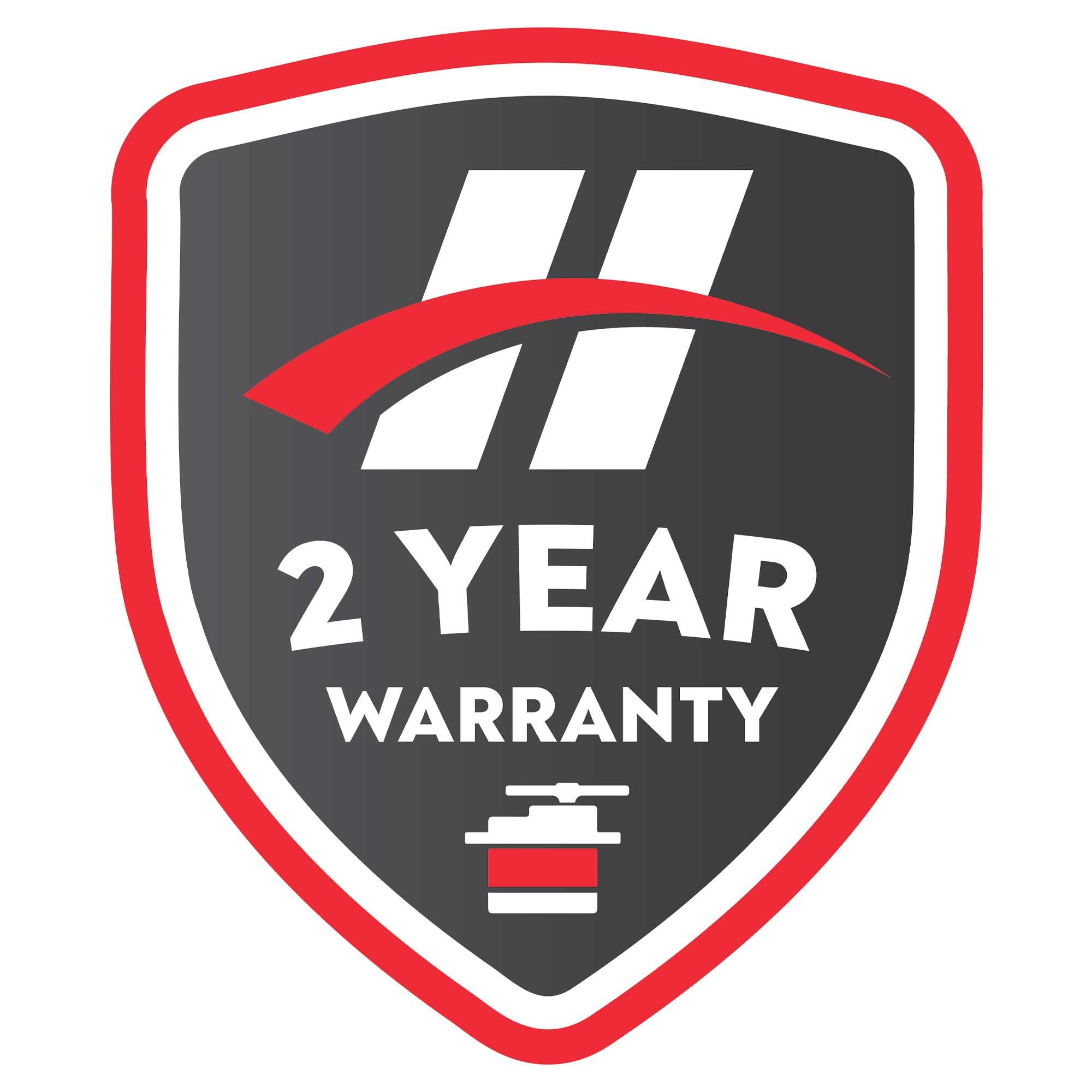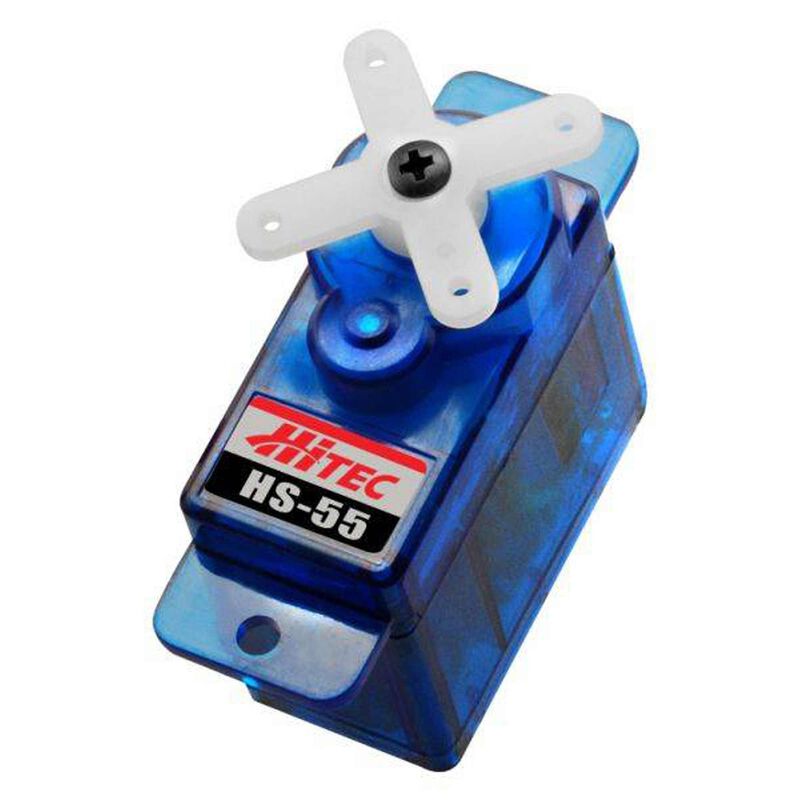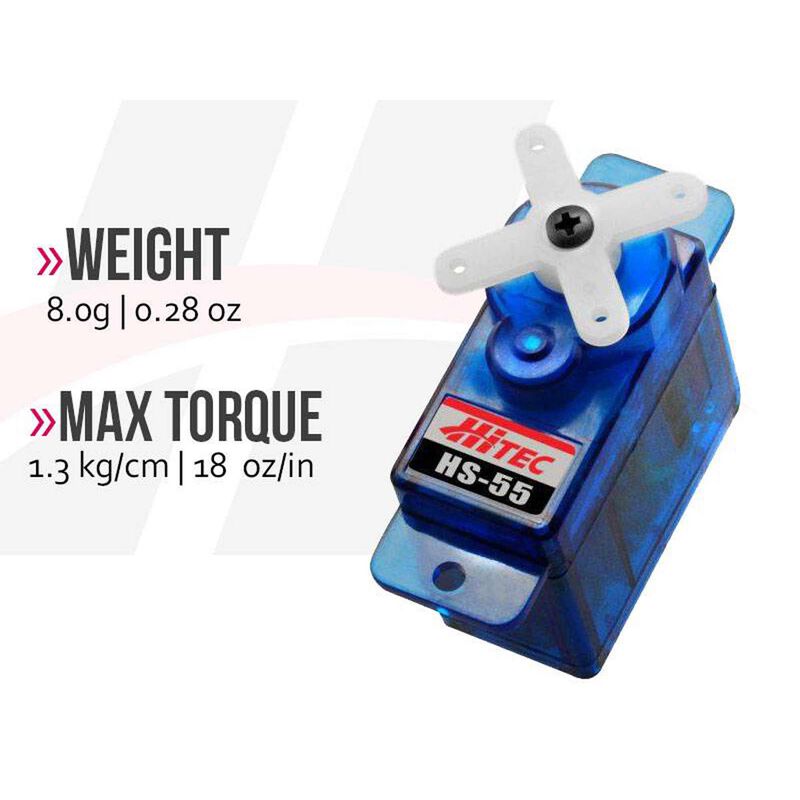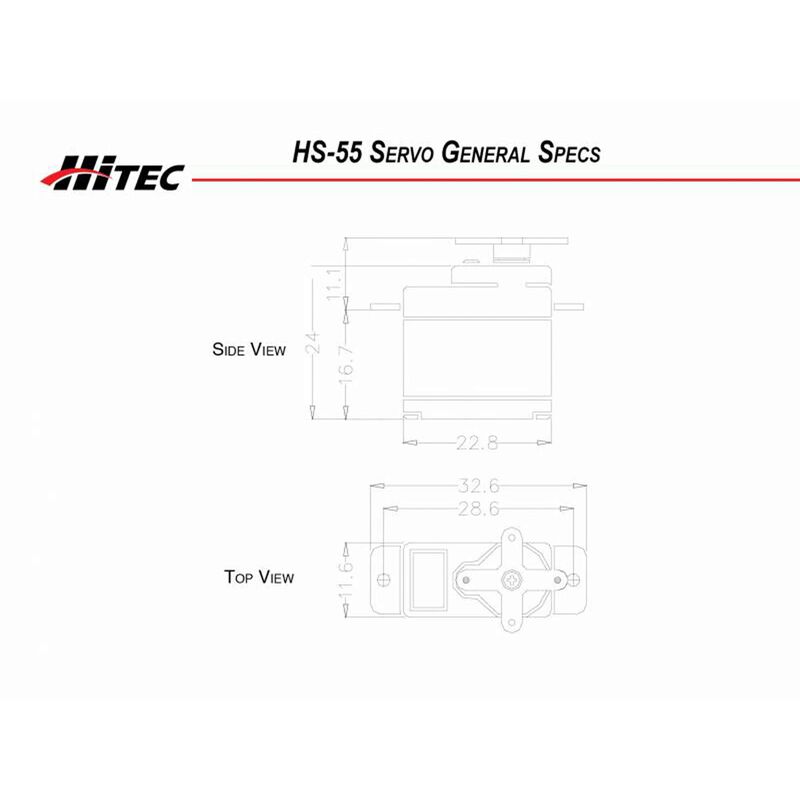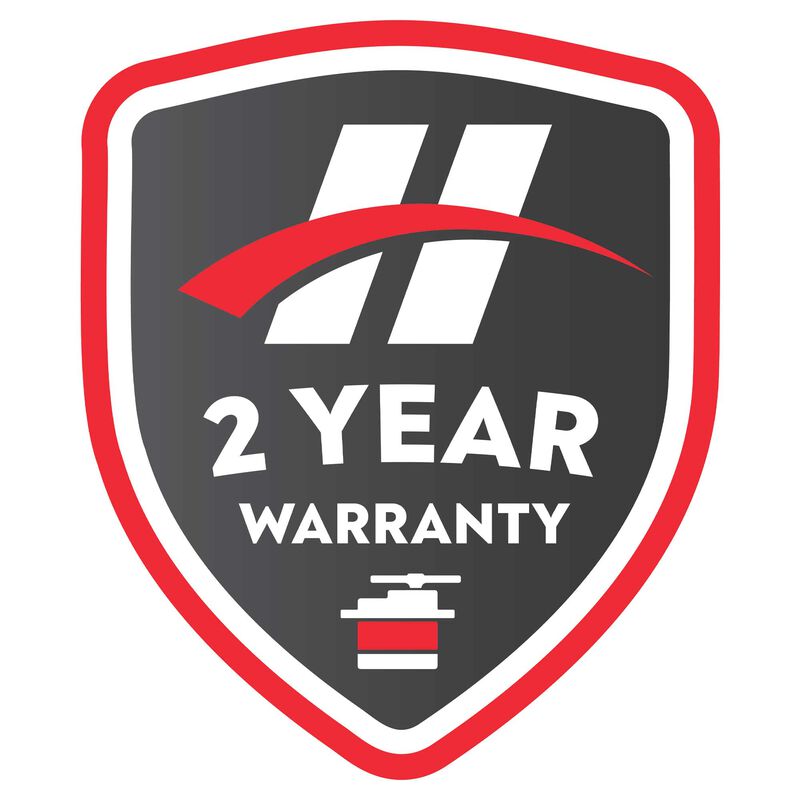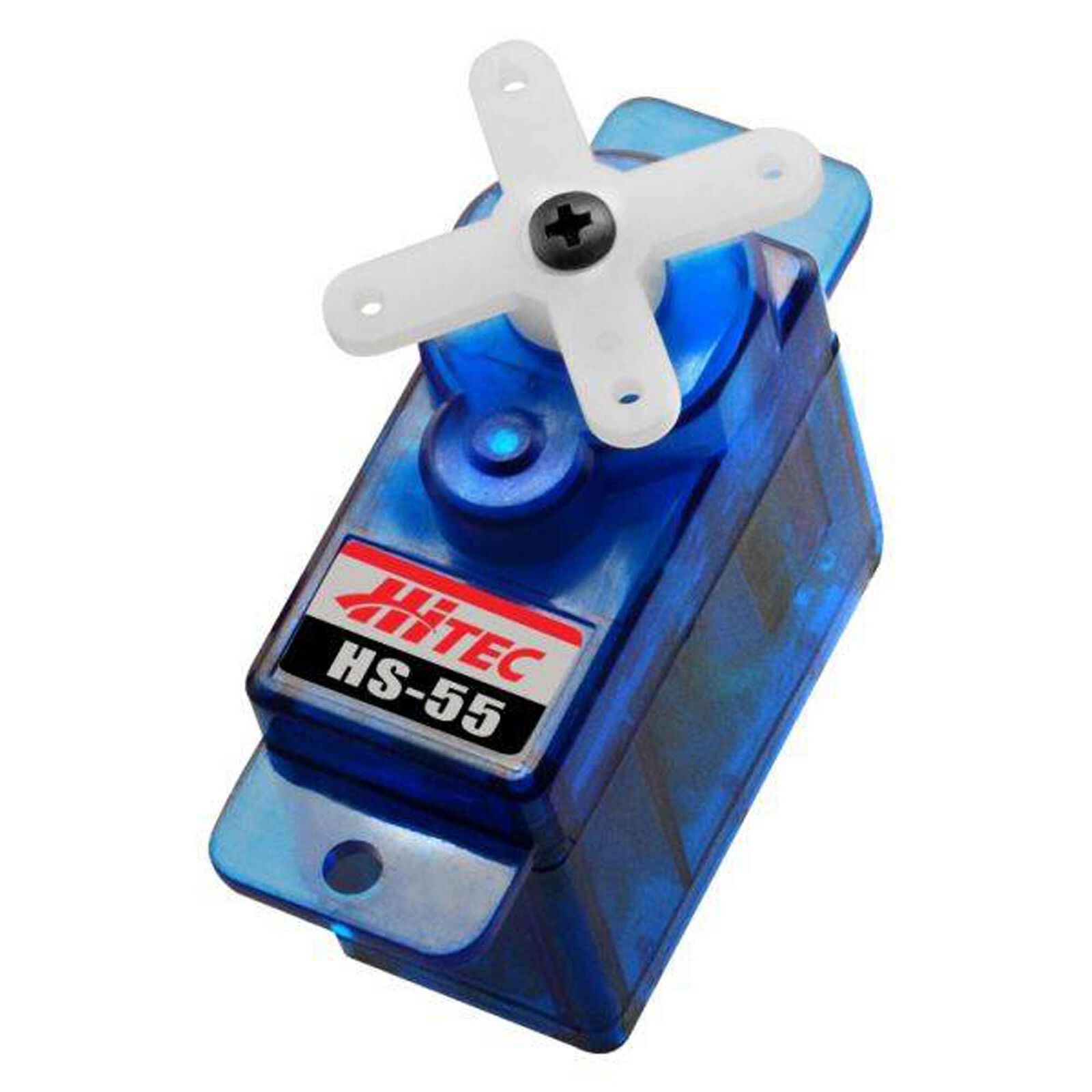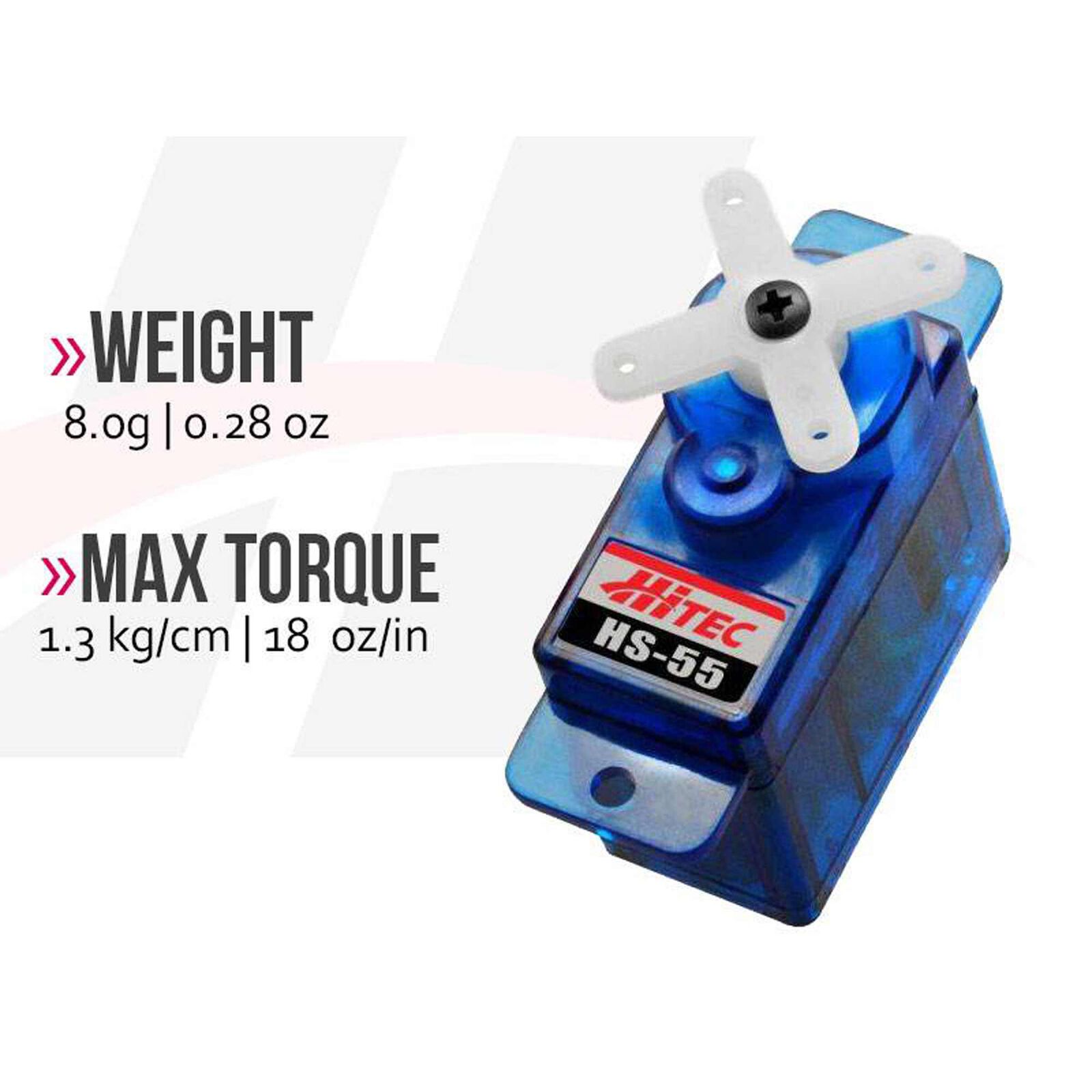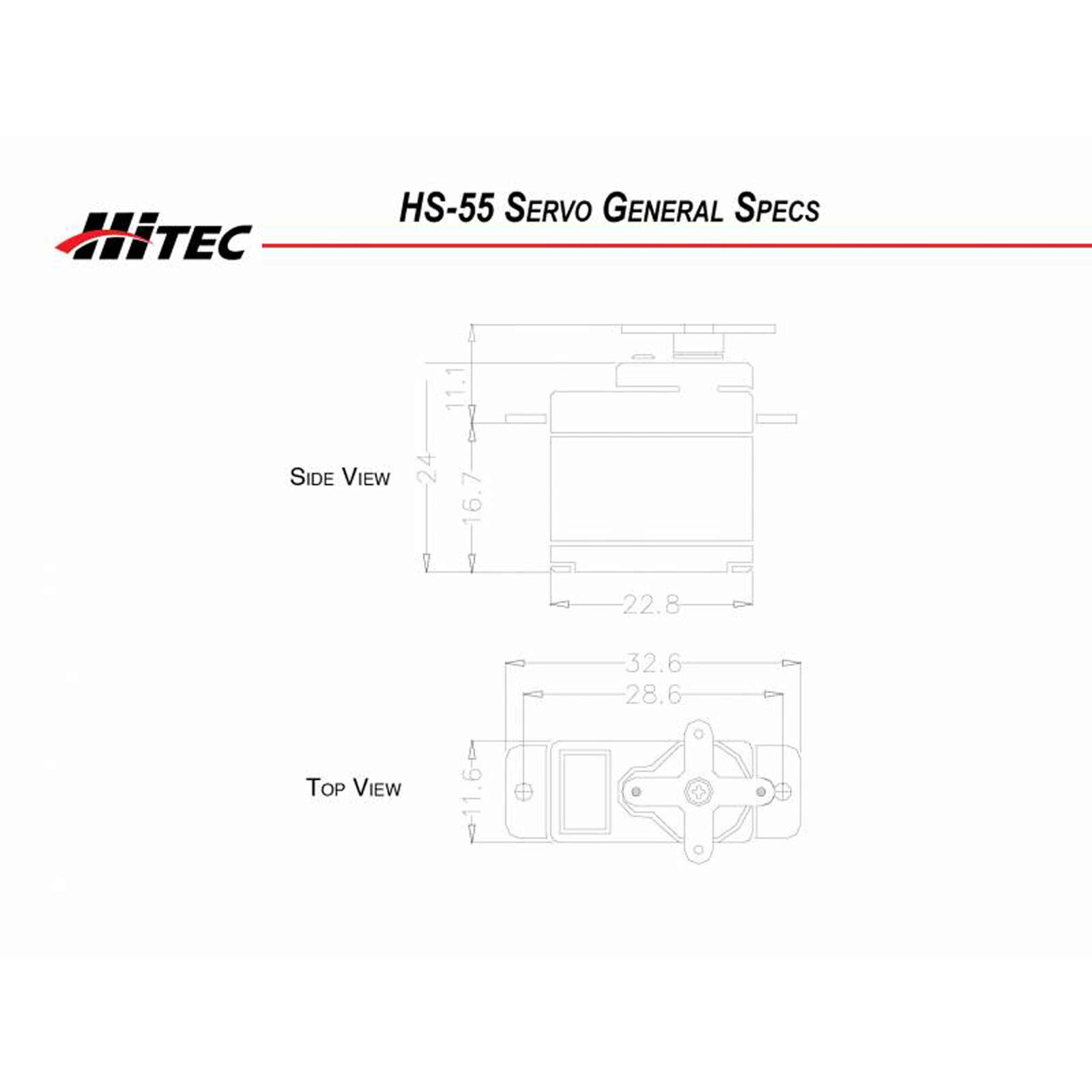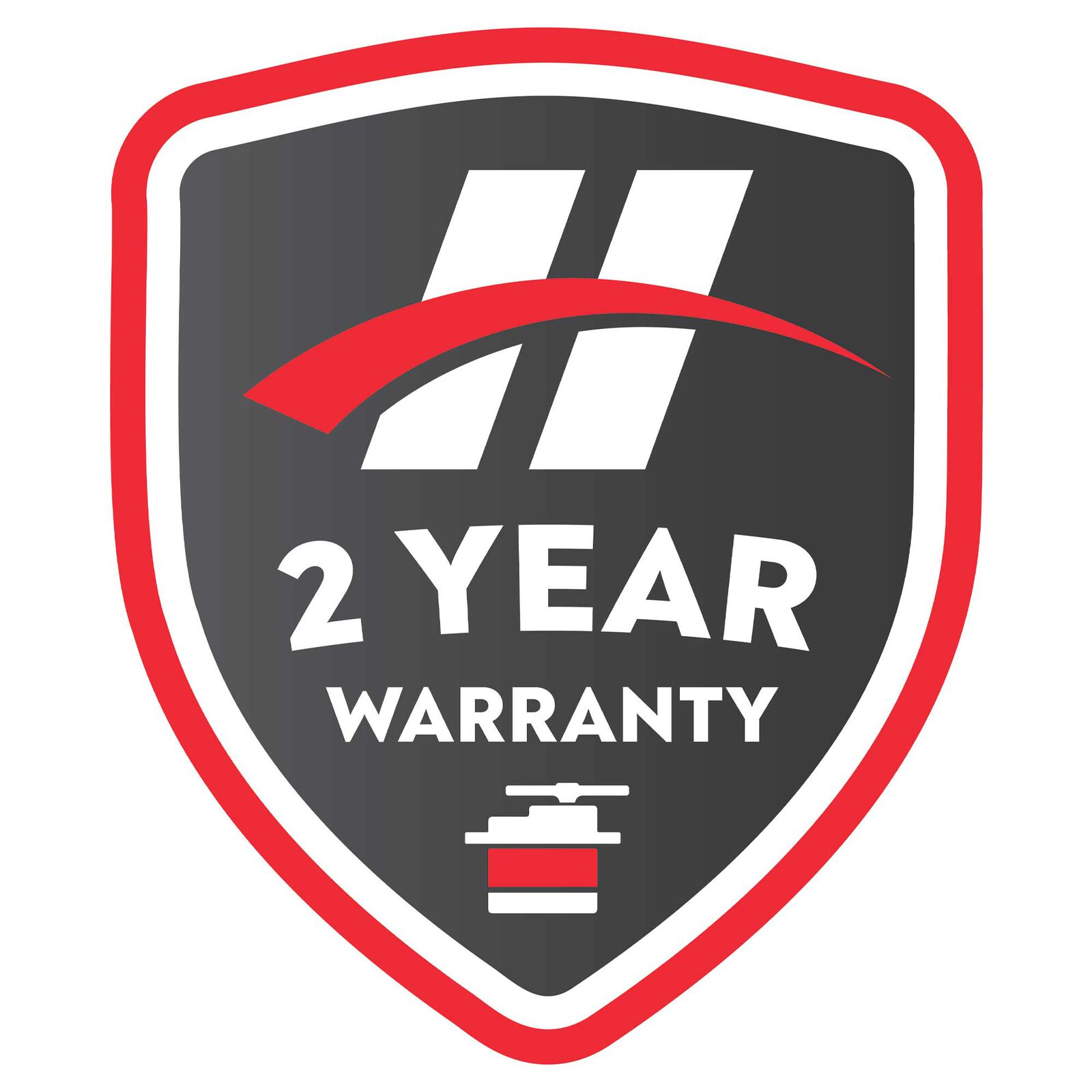- Speed: @4.8V .17sec/60' / @6.0V .14sec/60'
- Torque: @4.8V 15oz/in / @6.0V 18oz/in
- Affordable Performance
- Precision Components
- Strong, Long-Lasting Nylon Gears
- Market's Most Reliable Micro Servo
- Most Popular Servo
Product Specs
Maximum Servo Torque
Bearing
Bushing Or Bearing
Gear Type
Wire Gauge
Current Draw Idle
Product Width
Current Draw Stall
Motor Type
Servo Operating Voltage
Connector Type
Maximum Servo Speed
Product Length
Programmable
Servo Size Category
Application
Product Weight
Water-Resistant
Deadband
Input Voltage
Product Height
Servo Type
Get Info From Communities
The HS-55 set the standard for affordable performance, offering precision components that have been engineered to provide long lasting trouble free service! Featured in a hundred model aircraft reviews worldwide, the HS-55 is your best choice when it comes to controlling ”smaller” Electric’s and Park Flyers.
Product Details
In The Box
- (1) HS-55 Sub-Micro Analog Feather Servo
